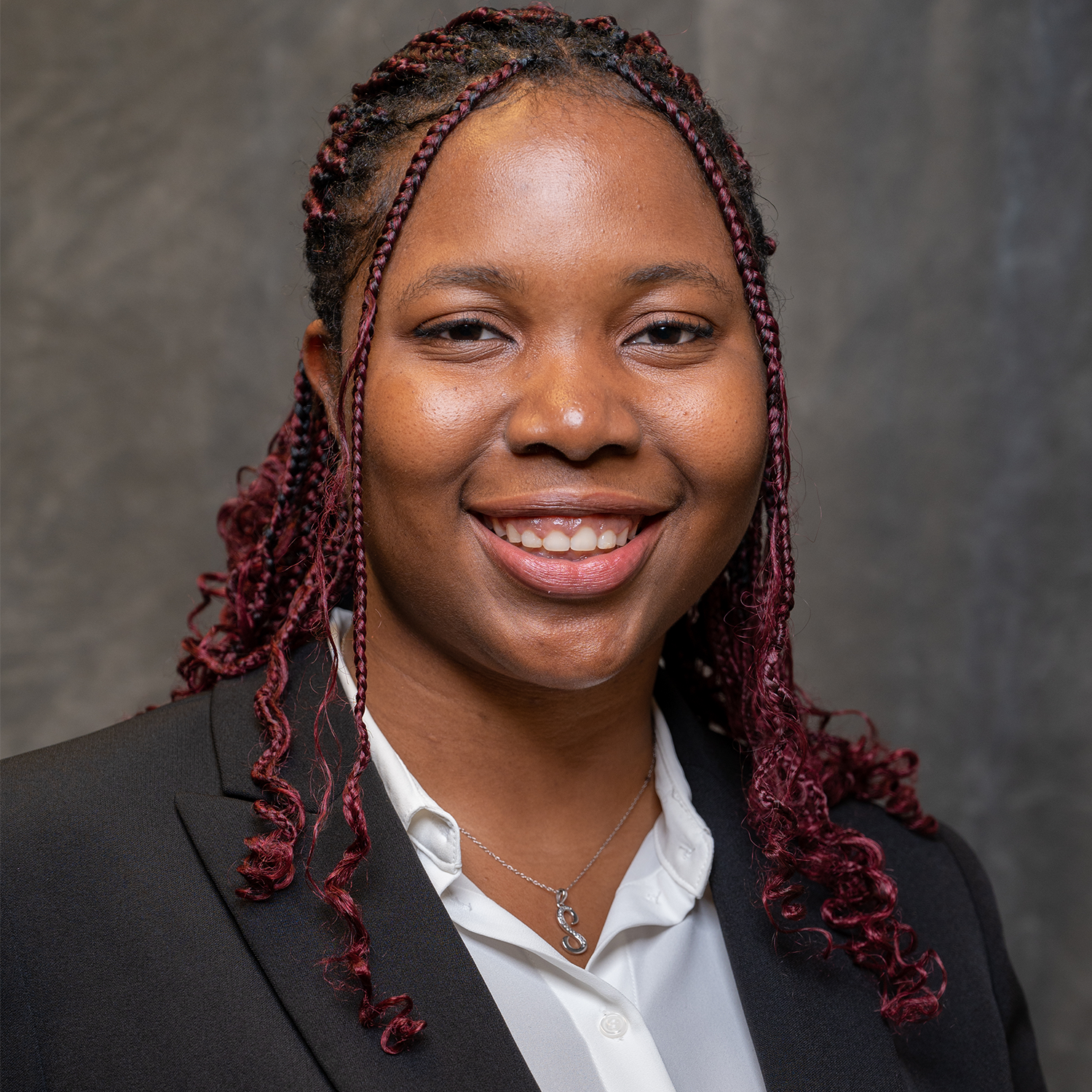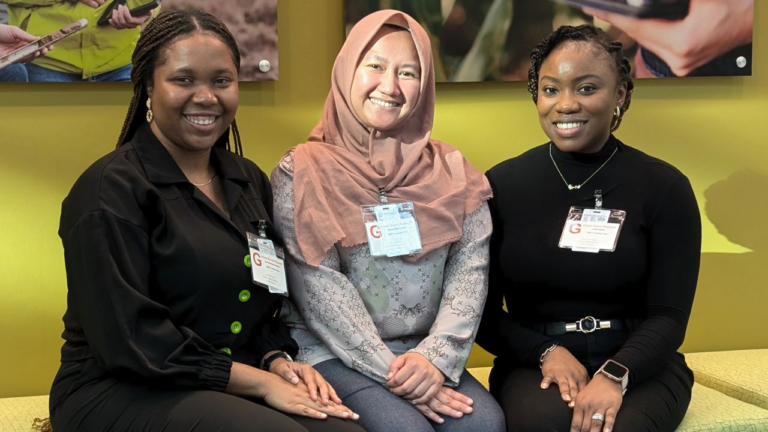Somtochukwu S. Okafor earned her BSc in Biomedical Engineering from University of Ghana in 2019, where she graduated as the best biomedical engineering student in her class. Following graduation, she took up a research assistant position with the Department of Biomedical Engineering, University of Ghana.
Somtochukwu is currently a Biomedical Engineering PhD student at WashU. Her key research interests are in tissue engineering, biomaterials, and neuro-engineering. She hopes to develop cutting-edge technology/materials through her research that will improve the state of maternal and child healthcare, especially in low- and middle-income countries.
Her hobbies are socializing, dancing, and cooking.
Scholar Voices
From Nature to Innovation: McDonnell Scholar Somtochukwu Okafor Pioneers Bioelectronics with Nature-Inspired Design
McKelvey School of Engineering | February 2025
Somtochukwu Okafor in collaboration with Alexandra Rutz, assistant professor of biomedical engineering in the McKelvey School of Engineering, developed a technique to 3D print bioelectronic scaffolds that could help new tissue grow that could be used for drug development, environmental toxicity and other uses.
In addition to making gadgets and game pieces, 3D printing is being used in health care to print prosthetics, dental implants and surgical models. Now, a team at Washington University in St. Louis, is using 3D printing to create bioelectronic scaffolds that would allow researchers to create new tissue with a host of potential applications.
Okafor, a fifth-year doctoral student in biomedical engineering, said while their team isn’t the only one using this process, their work is unique. “Bioelectronics as a field isn’t new — think cochlear implants, pacemakers and smartwatches — but we are trying to interface with biology to make the technology more like systems that would occur in nature,” Okafor said. “We have borrowed approaches in 3D printing and tissue engineering and combined it with bioelectronics. All these processes have individual advantages that they bring to the table, and we are combining them into one.”
Connecting Scholars to Transformative Opportunities: Insights from B4U Mentorship at Bayer Crop Sciences
The Bayer for You (B4U) Mentorship Program connected McDonnell Scholars with Bayer Crop Science mentors for three months of leadership and career development.

